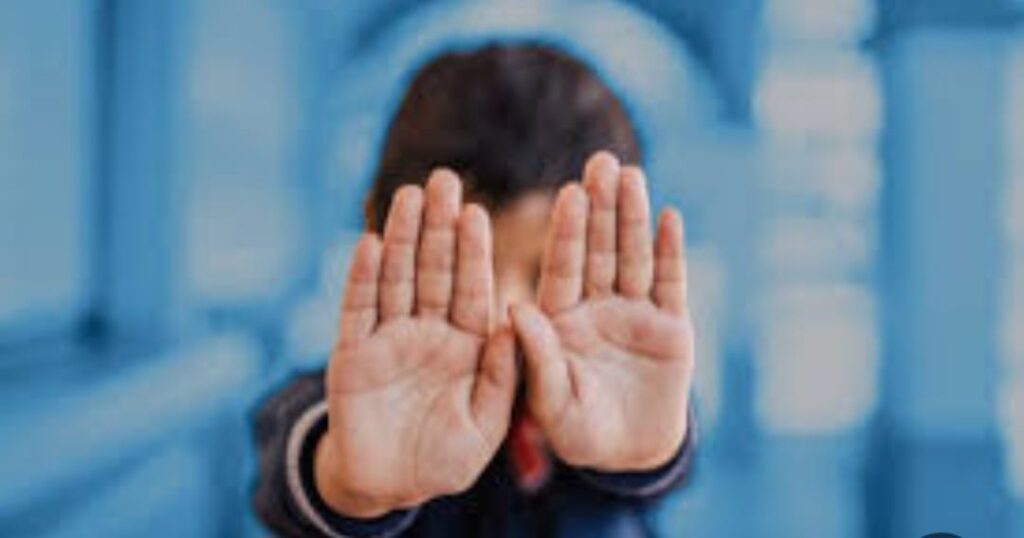Ending the Silence: Addressing Violence Against Children
Introduction
Violence against children is a global crisis that transcends borders, cultures, and socioeconomic statuses. It is a violation of human rights that leaves lasting scars on individuals, families, and communities. Despite progress in raising awareness, millions of children worldwide continue to suffer from physical, emotional, and sexual abuse, neglect, and exploitation. This blog aims to shed light on the prevalence, causes, and consequences of violence against children, as well as actionable steps we can take to protect them and create a safer world for future generations.
The Prevalence of Violence Against Children
The statistics are staggering. According to UNICEF, nearly 1 billion children globally experience some form of violence each year. This includes physical punishment, bullying, sexual abuse, and emotional maltreatment. In many cases, violence occurs in places where children should feel safest: their homes, schools, and communities. The COVID-19 pandemic exacerbated the issue, with lockdowns and economic stress leading to increased rates of domestic violence and child abuse.
Violence against children is not limited to developing countries. It is a pervasive issue in wealthy nations as well, often hidden behind closed doors or normalized as “discipline.” The sad reality is that many cases go unreported, leaving children vulnerable and without support.
The Root Causes of Violence Against Children
Understanding the root causes of violence against children is essential to addressing the problem. Some of the key factors include:
Cultural Norms and Traditions: In some societies, corporal punishment and harsh discipline are seen as acceptable ways to raise children. These practices perpetuate cycles of violence and normalize abuse.
Poverty and Inequality: Economic hardship can lead to stress, frustration, and violence within families. Children in impoverished communities are also more vulnerable to exploitation, such as child labor and trafficking.
Lack of Education and Awareness: Many parents and caregivers lack knowledge about positive parenting techniques and the long-term effects of violence on children.
Weak Legal Systems: In some countries, laws protecting children are either inadequate or poorly enforced, leaving perpetrators unpunished and victims without justice.
Conflict and Crisis: Children in war zones or refugee settings are at heightened risk of violence, including recruitment as child soldiers, sexual exploitation, and forced marriage.
The Consequences of Violence Against Children
The impact of violence on children is profound and far-reaching. It affects their physical health, mental well-being, and future opportunities. Some of the consequences include:
Physical Injuries: Abuse can lead to severe injuries, disabilities, or even death.
Mental Health Issues: Children who experience violence are more likely to suffer from anxiety, depression, PTSD, and suicidal tendencies.
Developmental Delays: Violence can hinder cognitive and emotional development, affecting a child’s ability to learn and form healthy relationships.
Cycle of Violence: Children who grow up in violent environments are more likely to perpetuate the cycle of abuse as adults.
Social and Economic Costs: Violence against children has long-term societal consequences, including increased healthcare costs, reduced productivity, and strained social services.
What Can We Do to Protect Children?
Ending violence against children requires a collective effort from governments, communities, and individuals. Here are some steps we can take:
Promote Positive Parenting: Educate parents and caregivers about non-violent discipline techniques and the importance of nurturing, supportive environments.
Strengthen Legal Frameworks: Advocate for stronger laws and policies that protect children and hold perpetrators accountable.
Raise Awareness: Use platforms like blogs, social media, and community events to educate others about the issue and break the silence surrounding violence against children.
Support Survivors: Provide access to counseling, medical care, and legal assistance for children who have experienced violence.
Invest in Education: Ensure that all children have access to quality education, which can serve as a protective factor against violence.
Empower Children: Teach children about their rights and how to seek help if they are in danger.
Conclusion
Violence against children is a preventable tragedy. By raising awareness, advocating for change, and taking concrete actions, we can create a world where every child grows up safe, loved, and free from harm. It is our collective responsibility to protect the most vulnerable members of our society and ensure that their voices are heard. Together, we can break the cycle of violence and build a brighter future for all children

